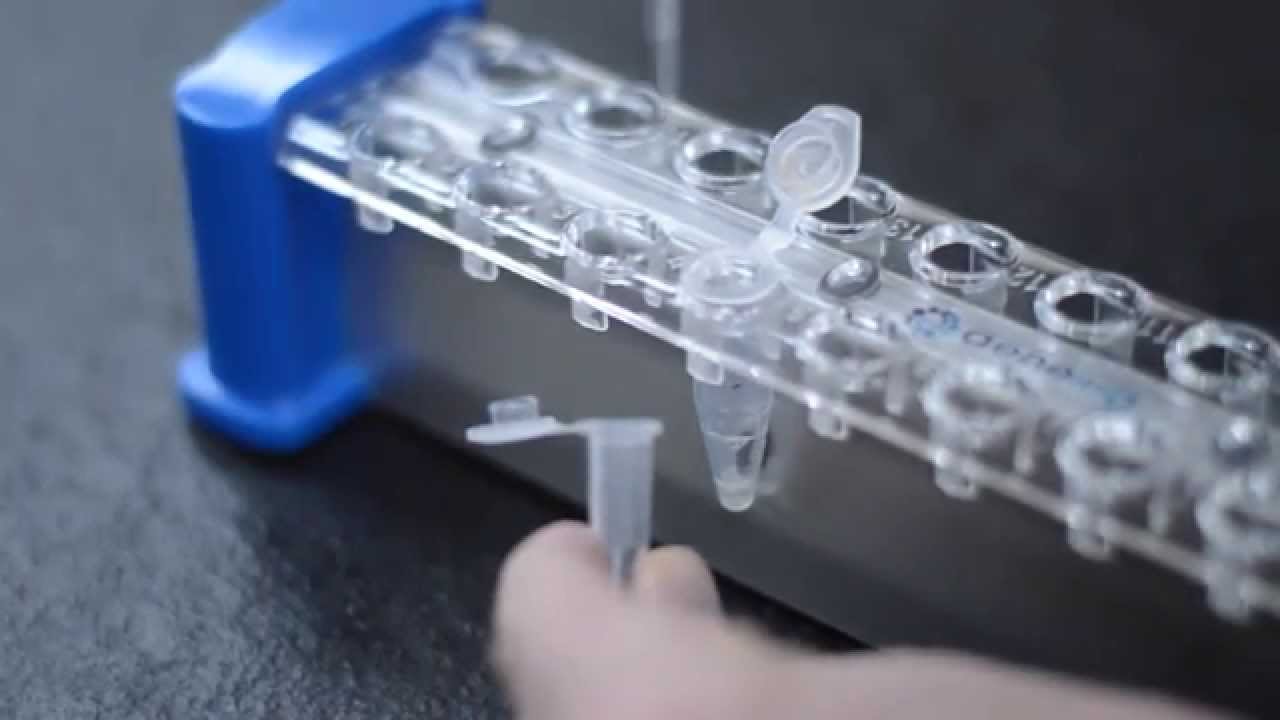RNA extraction and purification are fundamental steps in molecular biology and biotechnology. These processes are crucial for isolating high-quality RNA from biological samples, enabling various downstream applications like gene expression analysis, RNA sequencing, and more. Let’s dive into the world of RNA extraction and purification in this comprehensive blog:
Understanding RNA Extraction and Purification
RNA, or Ribonucleic Acid, is a vital molecule found in all living cells. It serves as a messenger, carrying genetic instructions from DNA to guide protein synthesis. Extracting and purifying RNA from biological samples is a critical process in molecular biology, allowing researchers to study gene expression, RNA function, and various cellular processes.
The RNA extraction and RNA purification market (for kits) is estimated to be worth $29.5 billion in 2022. Over the last few decades, there have been significant advancements in the field of molecular biology.
RNA Extraction:
The process of RNA extraction involves isolating RNA from cells or tissues while preserving its integrity and preventing degradation. Key steps in RNA extraction include:
Sample Collection: Biological samples can include cells, tissues, blood, or even environmental samples containing RNA. Proper sample collection techniques are essential to maintain RNA integrity.
Cell Lysis: Breaking open the cells to release the RNA molecules. This step can involve mechanical disruption, chemical lysis, or enzymatic methods.
RNA Stabilization: RNA is susceptible to degradation by RNases (ribonucleases) present in the environment. Stabilizing agents like RNAse inhibitors are used to protect RNA during extraction.
Isolation: Techniques such as phenol-chloroform extraction, silica-based spin columns, or magnetic beads are employed to separate RNA from other cellular components like DNA, proteins, and lipids.
RNA Purification:
Once extracted, RNA purification is performed to remove contaminants and impurities, ensuring high-quality RNA suitable for downstream applications. Purification involves:
DNase Treatment: To eliminate genomic DNA contamination, DNase enzymes are used to degrade DNA while preserving RNA integrity.
Column Purification or Precipitation: Further purification is achieved through column-based methods utilizing silica membranes or precipitation using alcohol-based solutions. These methods remove remaining impurities, salts, and other contaminants.
Assessment of RNA Quality: Quantifying RNA concentration and assessing its quality using spectrophotometry (measuring absorbance at specific wavelengths) or other methods like gel electrophoresis or bioanalyzer systems.
Challenges in RNA Extraction and Purification:
RNA extraction and purification can face challenges such as RNA degradation due to RNases, low RNA yield from certain sample types, and the presence of inhibitors affecting downstream applications.
Applications of Purified RNA:
High-quality RNA obtained through extraction and purification is used in various molecular biology applications:
Gene Expression Analysis: RT-PCR (Reverse Transcription Polymerase Chain Reaction) to quantify gene expression levels.
RNA Sequencing: To study transcriptomes and identify novel RNA molecules.
Functional Studies: Investigating RNA structure, RNA-protein interactions, and RNA-based therapeutics.
Conclusion:
RNA extraction and purification are fundamental processes in molecular biology, enabling researchers to study gene expression, understand cellular functions, and develop treatments for various diseases. Advancements in extraction and purification techniques continue to improve RNA quality and yield, driving innovations in biological research.
In summary, the isolation and purification of RNA play pivotal roles in unraveling the mysteries of genetics, disease mechanisms, and therapeutic interventions, making them indispensable tools in the world of molecular biology.














